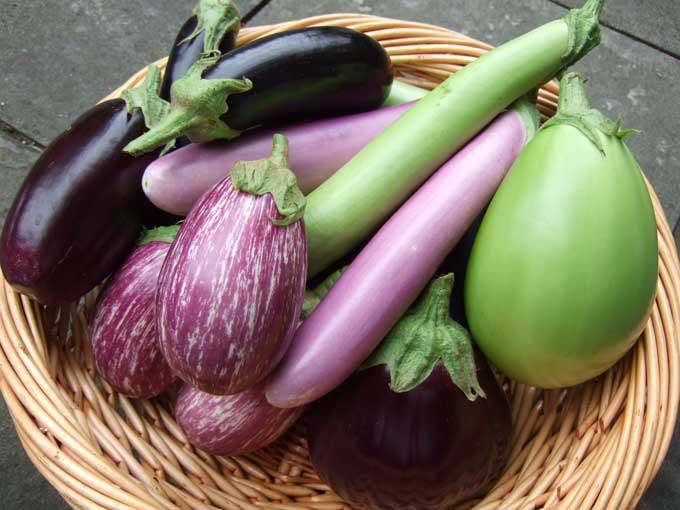
Brinjal, also known as eggplant belongs to the Solanaceae family. It is considered native to India and mostly grown in Asian countries. Brinjal can be grown throughout the year. India is the second-largest producer of Brinjal after China.
Common varieties of Brinjal
Here is the list of varieties of Brinjal grown in India
Pusa Purple Long
This variety of brinjal is commonly grown in Uttar Pradesh, Delhi, and Punjab. This type of brinjal is long and glossy, and light purple in colour. And it has the yield potential of 25-27 tonnes/hectare.
Pusa Purple Cluster
These brinjals are borne in clusters of 2-3. These are dark purple in colour and are medium in size, relatively shorter than those of pusa purple long variety.
Pusa Purple Round
These brinjals are round in shape and of purple colour weighing 130-140 gm on average. The plants are very tall with the thick stem of greenish-purple colour.
Azad Kranti
These brinjals are oblong and thick in shape and colour is dark purple and shiny green. These brinjals are around 15-20 cm long.
Arka Shirish
These brinjals are long and light green in colour. And the yield is around 45-47 tonnes/ hectare in a crop duration of 115 days.
Arka Kusumkar
These brinjals are also round in shape and are borne in clusters of 5-7. It yields about 45 tonnes/hectare in 120 days.
Arka Nidhi
These brinjals are medium-long with greenish-purple glossy skin. Plants are tall well-branched and compact. These are perfect for cooking. Yield of 48-40 tonnes per hectare can be expected.
Pusa Barsati
These are mostly grown in Punjab. These brinjals have an average size and are purple in colour.
Pusa Uttam
These brinjals are also oblong that are big and comes with a pigment over the dark purple skin.
For more information like this, keep visiting. And follow us on Facebook, Instagram, and Twitter.
















